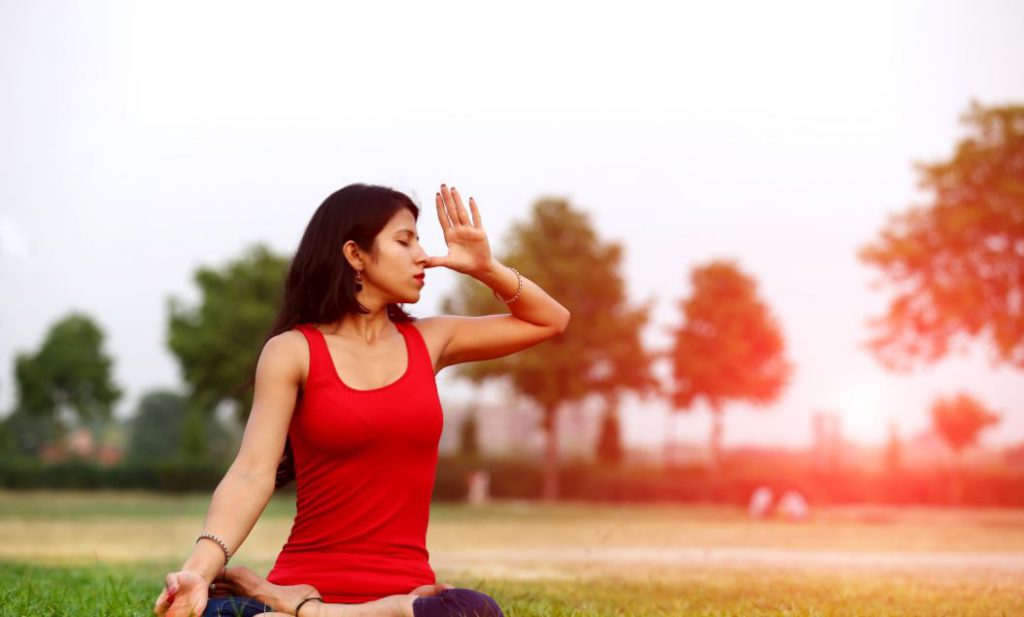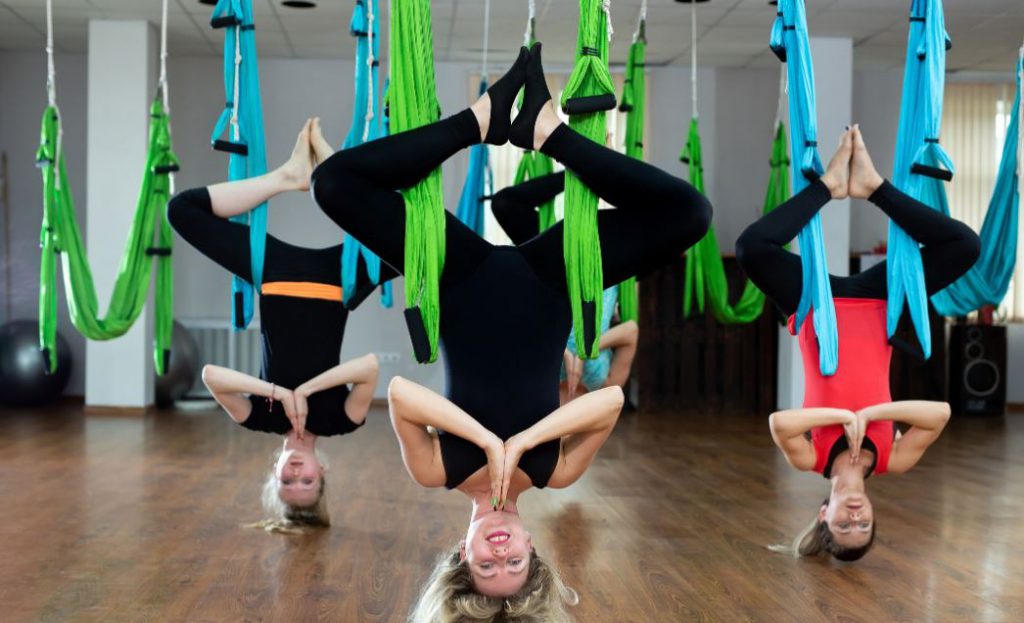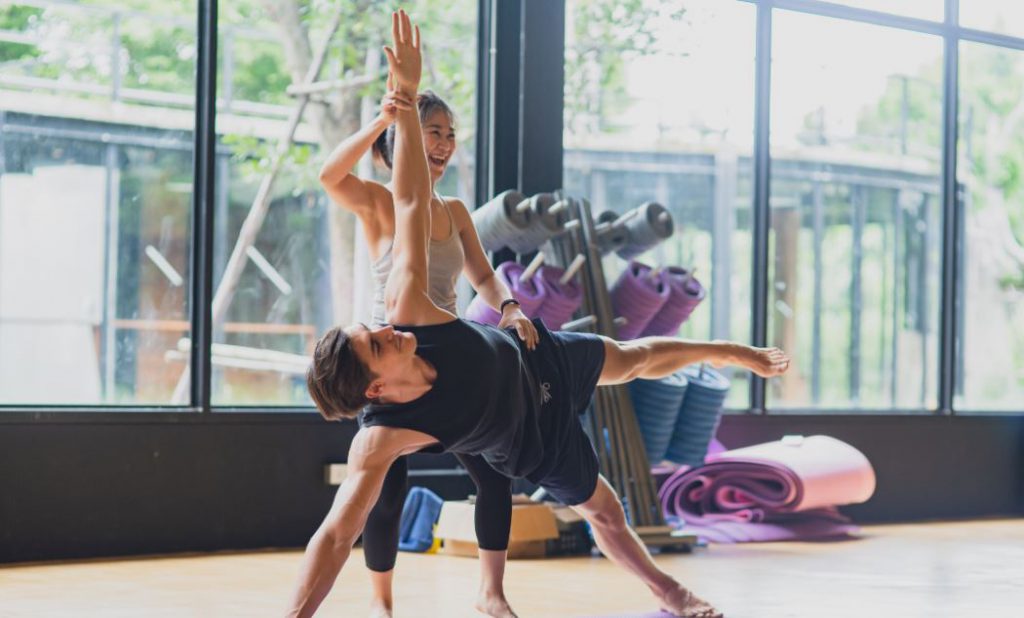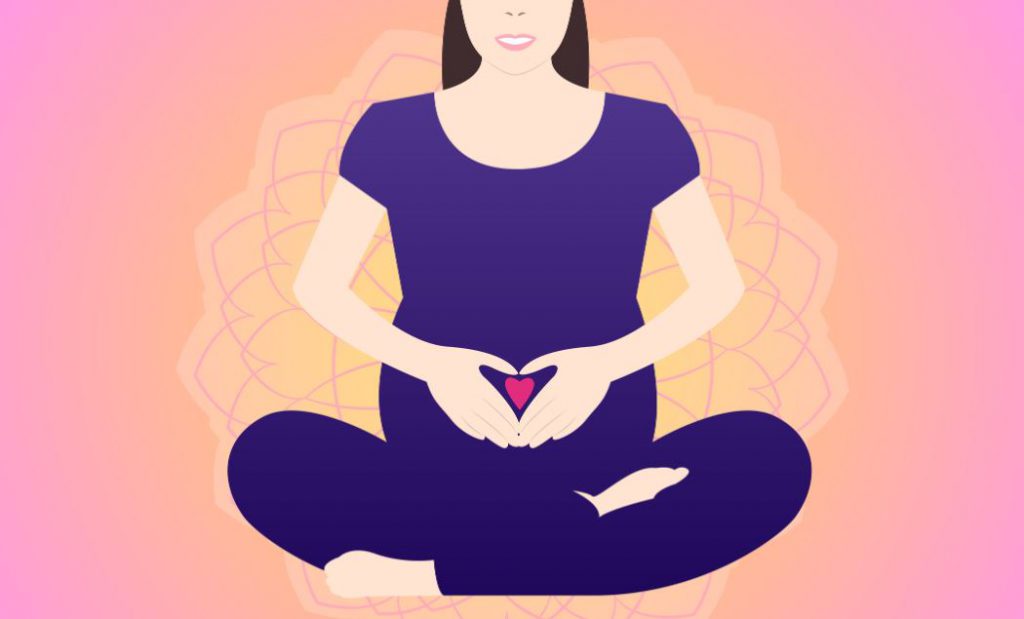Mastering the Headstand: A Step-by-Step Guide for Beginners Using a Wall
Embarking on the journey of mastering a headstand can be both exciting and challenging, especially for beginners. This invigorating yoga pose not only strengthens your upper body but also enhances balance and concentration. If you’re new to the world of headstands, fear not – we’ve got you covered. In this comprehensive guide, we’ll walk you through the step-by-step process of how to do a headstand against a wall for beginners. With a little patience and practice, you’ll be defying gravity in no time.
Benefits of Headstands:
Before we dive into the specifics, let’s explore why headstands are worth mastering:
- Strengthens Core Muscles: Headstands engage your core muscles, helping to build strength in your abdominal area, lower back, and hips.
- Improves Balance and Stability: The inverted nature of headstands challenges your sense of balance, promoting stability and coordination.
- Enhances Blood Circulation: Being upside down encourages blood flow to the brain, which may help improve cognitive function and relieve stress.
- Boosts Confidence: Successfully mastering a headstand can be a confidence booster, providing a sense of accomplishment and empowerment.
Also Read: How to Do Yoga Inversions for Beginners
Now, let’s get down to the nitty-gritty of how to perform a headstand against a wall for beginners.
Step 1: Gather Your Gear
Before attempting a headstand, ensure you have the right equipment:
- A yoga mat for comfort and stability.
- A clear wall space with enough room for your body lengthwise.
- A non-slip surface to place against the wall if your yoga mat tends to slide.
Step 2: Warm-Up Your Body
It’s crucial to warm up your body before attempting any inversions. Spend 5-10 minutes engaging in light stretches, focusing on your neck, shoulders, spine, and core. This helps prepare your muscles and joints for the upcoming challenge.
Step 3: Establish Proper Alignment
Proper alignment is the foundation of a successful headstand. Follow these steps to ensure you’re in the correct position:
- Start on your hands and knees, aligning your wrists directly under your shoulders and your knees under your hips.
- Lower your forearms to the mat, keeping your elbows shoulder-width apart.
- Interlace your fingers, forming a stable base for your head to rest on.
- Place the crown of your head on the mat, forming a triangle with your hands.
- Straighten your legs and walk your feet toward your head, bringing your hips over your shoulders.
Step 4: Position Yourself Against the Wall
Using a wall for support is an excellent way for beginners to build confidence and maintain stability. Here’s how to position yourself against the wall:
- Place your mat about a foot away from the wall.
- Lift one leg and kick up, bringing your heels to rest against the wall.
- Ensure your hips are aligned over your shoulders and your body forms an L-shape.
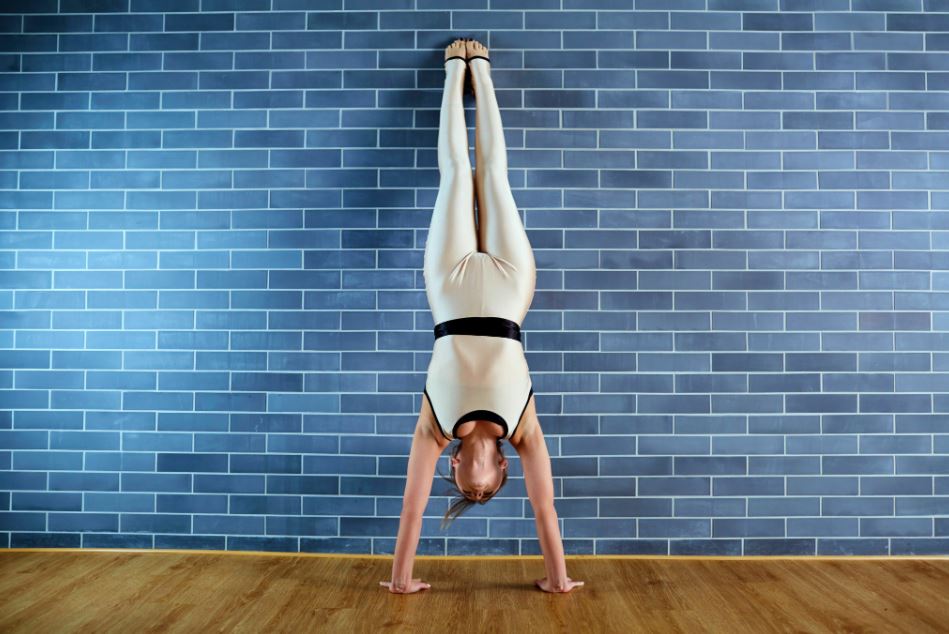
Step 5: Engage Your Core
With your legs against the wall, engage your core muscles to lift your second leg off the ground. Keep both legs straight and together, forming a straight line with your body. This engagement helps distribute weight evenly and prevents strain on your lower back.
Read Also: Yoga Poses for Good Menstrual Flow
Step 6: Find Your Balance
Balancing in a headstand requires patience and practice. Experiment with shifting your weight slightly forward or backward to discover the sweet spot where you feel stable. Use the wall for support, gently pressing your feet into it to help maintain balance.
Step 7: Breathe and Relax
Once you’ve found your balance, focus on your breath. Inhale and exhale deeply, allowing your body to relax into the pose. Softening your facial muscles and keeping a steady gaze can contribute to a more serene headstand experience.
Step 8: Safely Exit the Pose
When you’re ready to come down, lower one leg at a time, gently bringing your feet back to the mat. Take a moment in Child’s Pose to rest and allow your body to recover.
Tips for Success:
- Consistent Practice: Like any yoga pose, mastering the headstand requires consistent practice. Start with short sessions and gradually increase the duration as your strength and confidence grow.
- Use a Spotter: If you’re unsure about attempting a headstand alone, ask a friend or yoga instructor to spot you. They can provide guidance and support to ensure you stay safe.
- Build Core Strength: Strengthening your core is key to mastering headstands. Incorporate exercises like plank variations, leg raises, and boat pose into your routine to build the necessary strength.
- Listen to Your Body: Pay attention to how your body feels during and after attempting a headstand. If you experience any pain or discomfort, stop and reassess your technique. Consult with a yoga instructor for personalized guidance.
Learning how to do a headstand against a wall for beginners is a gradual process that requires patience, practice, and a commitment to building strength and balance. By following the steps outlined in this guide and incorporating them into your regular yoga routine, you’ll be well on your way to achieving this empowering and invigorating pose. Remember, progress comes with time, so embrace the journey and enjoy the benefits that headstands can bring to your overall well-being.
